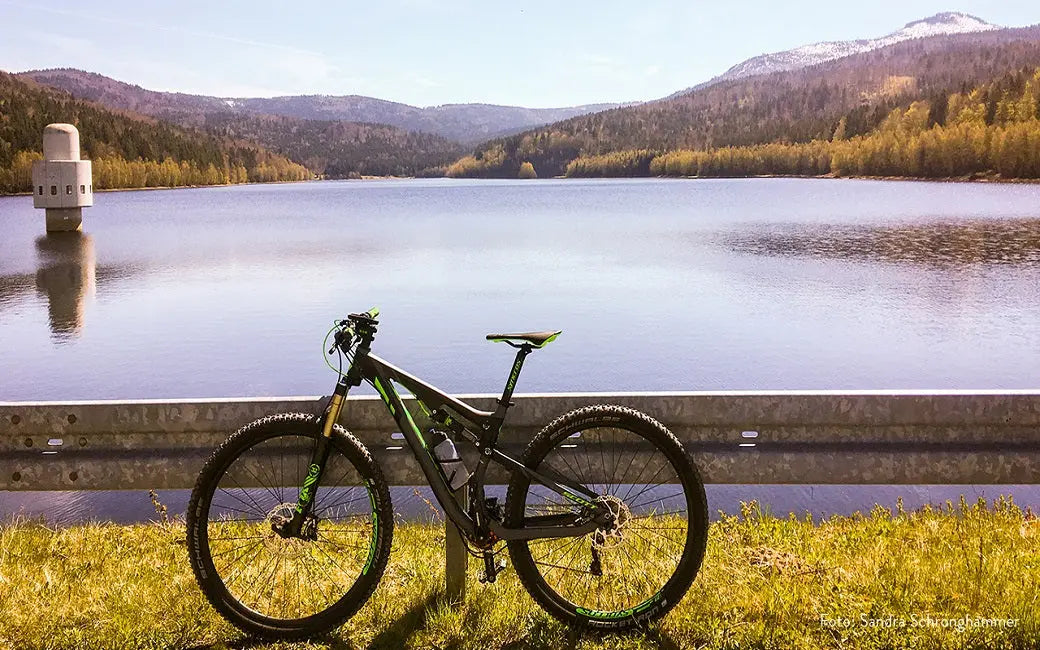
- by HOVSCO Official
What You Need to Know About Choosing Pedals
- by HOVSCO Official
Choosing pedals is crucial for comfort, efficiency, and control on your bike. Consider your riding style, shoe compatibility, and desired level of foot security. There are three main types: flat, clipless, and hybrid pedals-each with unique benefits. The right pedals enhance your cycling experience, whether you’re commuting, adventuring, or racing.
The type of pedals you choose-flat, clipless, or hybrid-directly impacts your comfort, power transfer, and confidence. Flat pedals offer freedom and ease, ideal for beginners and urban riders. Clipless pedals provide maximum efficiency and control, locking your shoes to the pedals. Hybrid pedals combine both, letting you switch between riding styles with ease.
Chart: Pedal Types and Their Key Features
| Pedal Type | Foot Security | Power Transfer | Shoe Compatibility | Best For |
|---|---|---|---|---|
| Flat | Low | Moderate | Any shoe | Urban, casual, MTB |
| Clipless | High | High | Cycling-specific | Road, MTB, racing |
| Hybrid | Variable | Variable | Both cycling/regular | Commuting, touring |
Your riding style should guide your pedal choice. Road cyclists often prefer clipless pedals for efficiency and speed, while mountain bikers may choose flat pedals for quick foot release or clipless for technical control. Commuters and casual riders benefit from hybrid pedals, which adapt to varied footwear and riding scenarios.
Pedal standards matter for compatibility. Most adult bikes use 9/16" threads, while some kids’ and BMX bikes use 1/2". Clipless systems vary: road bikes often use three-bolt (Look, SPD-SL) cleats, while mountain bikes use two-bolt (SPD, Crank Brothers) designs. Always match your pedals, cleats, and shoes for a secure fit.
Pedal size, material, and grip affect stability and comfort. Larger platforms offer more support, especially off-road. Materials like aluminum and composite balance weight and durability. Pins or textured surfaces on flat pedals enhance grip, while clipless pedal tension can be adjusted for easy entry and release.
Chart: Pedal Feature Comparison
| Feature | Flat Pedals | Clipless Pedals | Hybrid Pedals |
|---|---|---|---|
| Platform | Wide, grippy | Small, focused | One side flat, one side clip |
| Material | Aluminum, nylon, steel | Aluminum, composite, steel | Mixed |
| Adjustability | Pins, platform size | Tension, float | Both |
Shoe compatibility is vital for safety and performance. Clipless pedals require cycling shoes with matching cleat mounts. Flat pedals work with any shoe, but grip improves with dedicated flat-pedal shoes. Hybrid pedals allow you to use either, offering flexibility for commuting or mixed riding.
Road cyclists prioritize lightweight, efficient clipless pedals. Mountain bikers may opt for double-sided clipless pedals for mud-shedding and security or robust flat pedals for technical terrain. Touring and commuting cyclists often select hybrid pedals for versatility, while BMX and urban riders favor flat pedals for maneuverability.
Popular pedal models each have strengths and weaknesses. For example, Crankbrothers Crank 3 excels off-road with low profile and grip, while Race Face Aeffect offers durability. Look Trail Grip is versatile for light trails, and DMR V6 is a budget-friendly flat pedal. Hybrid models like Shimano’s A530 blend flexibility with performance.
Regular maintenance keeps pedals spinning smoothly. Clean and lubricate bearings, check for worn pins or cleats, and replace damaged parts promptly. Serviceable pedals last longer and provide consistent performance, especially in harsh conditions. Hybrid and clipless pedals may require more frequent attention due to moving parts.
Transitioning between pedal types requires practice. Start with flat pedals if you’re new, then try hybrid pedals before moving to full clipless. Practice clipping in and out in a safe area. Gradually increase ride difficulty as you gain confidence and muscle memory.
When choosing pedals, assess your riding goals, shoe compatibility, and desired security. Flat pedals suit casual and urban riding, clipless pedals optimize performance for road and mountain biking, and hybrid pedals offer versatility for commuters. HOVSCO recommends trying different types before committing. Invest in pedals with serviceable bearings and durable materials. Always ensure your pedals, shoes, and cleats are compatible for safety and comfort.
“At HOVSCO, we know that choosing pedals is a personal journey-one that shapes every ride. The right pedals boost confidence, efficiency, and enjoyment. Whether you crave the freedom of flats or the power of clipless, prioritize fit and feel. Don’t hesitate to experiment-your best pedal match is out there.”
How do I know which pedals are best for my bike?
Match your pedal choice to your riding style, shoe compatibility, and desired level of foot security.
Can I use regular shoes with clipless pedals?
No, clipless pedals require cycling shoes with cleats. Flat and hybrid pedals work with regular shoes.
Are hybrid pedals a good choice for beginners?
Yes, hybrid pedals let you experiment with both flat and clipless systems, making them ideal for new riders.
How often should I maintain my pedals?
Check pedals monthly for wear and lubricate bearings as needed, especially after wet or muddy rides.
Do pedal materials matter?
Yes, lighter materials like aluminum reduce weight, while steel and composite offer durability and value.
Share:
Tips on How to Choose Handlebars
What Should You Know About Electric Bike Brakes?